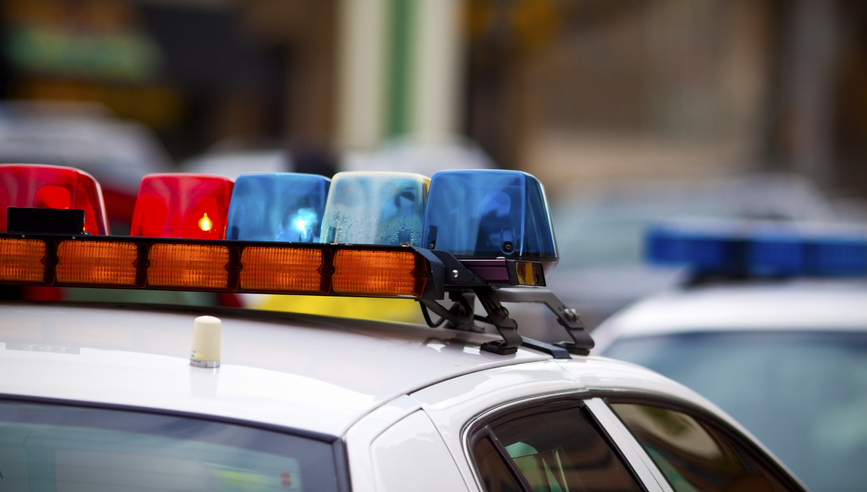Developing an Effective Civil Unrest Response Plan: 6 Key Considerations for Law Enforcement Agencies


When preparing for public events that include the potential for civil unrest, law enforcement agencies should prepare a comprehensive response plan for maintaining order consistent with the protection of civil rights. Such an approach can help promote public safety while fostering trust within the community.
Here are six key areas law enforcement agencies should consider when building a civil unrest response plan.
1. Alignment with laws and rights protections
Law enforcement agencies need to apply the appropriate level of support, direction and control to public demonstrations with the mutually supporting objectives of protecting life, property and critical infrastructure while maintaining public peace and order. At the same time, the agency is committed to acting in a manner consistent with the constitutional rights of free speech and assembly of the demonstrators.
Clear policies can help ensure that law enforcement actions align with legal standards and respect individual rights. By establishing protocols for the appropriate and proportional use of force, law enforcement agencies can focus on de-escalation and lawful intervention, balancing public safety with the protection of civil liberties.
Protecting rights and safety:
- Work to ensure that department policies are consistent with constitutional rights to free speech and peaceful assembly, while differentiating between lawful protests and unlawful acts.
- Establish strict, legally compliant guidelines on the use of force, emphasizing proportionality and prioritizing de-escalation to help prevent unnecessary escalation.
- Focus on safeguarding life, property and critical infrastructure while maintaining a fair and restrained approach to crowd control and public demonstrations.
2. Intelligence gathering and risk assessment
A proactive approach to civil unrest relies on effective intelligence gathering and risk assessment. This can help law enforcement anticipate unrest, respond effectively and allocate resources appropriately. Monitoring public-facing social media and other platforms for potential protests and flashpoints can help provide valuable insights. This intelligence gathering must be consistent with the privacy rights and civil liberties of those involved.
Risk mitigation tactics:
- Monitor online platforms while ensuring compliance with privacy laws.
- Conduct regular risk assessments to evaluate potential threats.
- Regardless of the success of intelligence gathering and risk assessment, prepare for the unexpected, as conditions on the ground can change quickly.
3. Interagency coordination and unified command
Large-scale civil unrest often requires collaboration across multiple jurisdictions and agencies, including local, state and federal authorities. A unified command structure can help avoid confusion, ensure efficient communication and facilitate decision-making across all participating groups.
Mutual aid agreements between neighboring jurisdictions can be critical for resource sharing and rapid deployment during prolonged unrest. Mutual aid agreements should be reviewed on a recurring basis.
Integration considerations:
- Establish a unified command structure with clear communication channels.
- Secure mutual aid agreements to help provide access to additional resources.
- Coordinate with emergency services to help maintain access to critical services.
4. Communication and public messaging
Direct engagement with protest organizers can help reduce violence and promote peaceful demonstrations by establishing mutual expectations and respect.
Transparent and timely communication during civil unrest helps maintain public trust and ensures cooperation. A clear communication plan, including the designation of a trained spokesperson, can help manage public perception and address misinformation.
Key communication takeaways:
- Where possible, engage with protest organizers in advance to promote peaceful demonstrations.
- Develop a crisis communication plan that delivers regular updates to the public.
- Designate a trained spokesperson to manage media relations and dispel misinformation.
5. Training, preparedness and equipment
Train officers in protest management, crowd control and de-escalation techniques. Scenario-based training can help prepare officers for the emotional volatility and risks associated with large crowds, while cultural competency training can help to ensure respectful interactions with diverse communities.
Equip officers with nonlethal tools and protective gear. Take steps to avoid the appearance of militarization, which can potentially aggravate tensions. Match the response based on the risk assessment.
Preparation techniques:
- Implement regular scenario-based training focused on lawful responses and de-escalation.
- Equip officers with nonlethal tools and protective gear while regulating their use.
- Train officers in cultural competency to help improve interactions with diverse communities.
- Ensure that officer body camera use aligns with department policy.
6. Post-unrest evaluation and accountability
After the unrest has subsided, it’s essential for law enforcement agencies to promptly review their response and identify areas for improvement. Conducting after-action reviews, soliciting community feedback and ensuring accountability for any misconduct are all necessary steps in this process. Transparency and responsiveness to public concerns can help rebuild trust and strengthen future response plans.
Review and rebuild:
- Conduct thorough and prompt after-action reviews to identify successes and areas for improvement.
- Engage the community to gather feedback on the agency’s response.
- Investigate any officer’s potential misconduct and enforce accountability where appropriate to help support public trust.
- Mental health services should be made available to officers following a civil unrest event. A stress management program can provide resources for officers to assist in coping with stress and potential psychological trauma resulting from a response to an emotionally difficult event.
Developing an effective civil unrest response plan can be a key step for preserving public safety consistent with the civil liberties of demonstrators, all while maintaining public trust. By focusing on legal standards, intelligence, coordination, communication, training and accountability, law enforcement agencies can better prepare for the complex challenges of civil unrest. A well-prepared response not only helps to promote a peaceful event but can also foster stronger relationships between law enforcement and the communities they serve.



